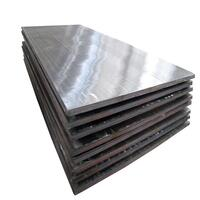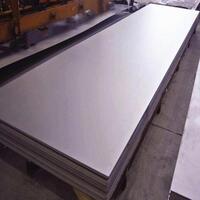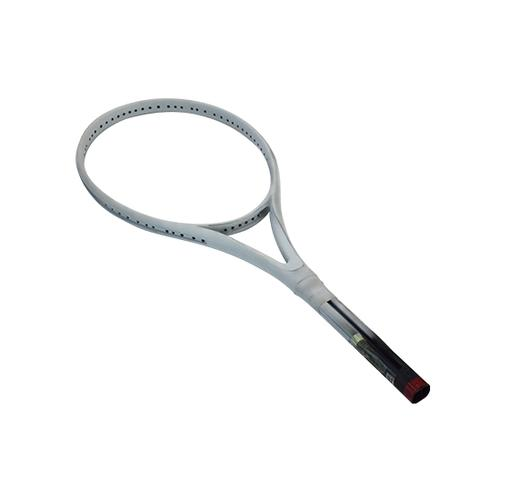1. Introduction
Just 24 hours ago, a major architectural firm in Chicago unveiled a new mixed-use development featuring a striking corten steel facade that’s already drawing international attention. The project highlights a growing trend: the widespread adoption of metal clad systems in everything from skyscrapers to backyard sheds. But what exactly does ‘metal clad’ mean, and why is it becoming so popular?

In short, metal clad refers to any structure, surface, or component that’s covered or layered with metal for protection, aesthetics, or performance. Whether it’s a metal clad wall on a downtown office, a zinc clad roof on a modern home, or even metal clad electrical wire in your basement, this versatile approach blends durability with design.
2. Understanding the Metal Clad Meaning
2.1. What Does ‘Clad Metal Meaning’ Really Refer To?
The term ‘clad metals’ describes materials composed of two or more bonded metal layers. For example, aluminum clad steel combines the strength of steel with the corrosion resistance of aluminum. Similarly, stainless clad aluminum or titanium clad sheets offer specialized performance for aerospace, marine, or chemical applications.
This isn’t just about looks—it’s functional engineering. Cladding can enhance thermal resistance, reduce weight, prevent rust, or improve conductivity, depending on the metals used.
2.2. Metal Clad vs. Solid Metal: Key Differences
Unlike solid metal plates—like a 1/4 inch steel plate or 316 stainless steel plate—clad metals offer cost-effective performance. You get the surface benefits of a premium metal (like copper or nickel) without the full expense of using it throughout the entire component.

Common examples include aluminum clad stainless steel cookware, cu clad wire for electronics, and even alloy clad sheets like 2024-T3 clad aluminum used in aircraft.
3. Metal Clad in Architecture and Design
3.1. Exterior Applications: From Roofs to Facades
Metal clad buildings are booming, thanks to their sleek aesthetics and low maintenance. Popular choices include:
- Metal clad roof systems like PAC CLAD standing seam or Colorbond standing seam
- Corten steel siding for its rustic, weathering appeal (though corten siding cost can be higher than alternatives)
- Zinc metal siding and zinc clad dormers for contemporary European-inspired designs
- Copper siding and vertical standing seam metal siding for high-end residential projects
- Exterior corrugated metal siding and corrugated steel facade for industrial-chic looks
These systems often integrate with metal weatherboard or standing seam facade panels to create seamless, watertight envelopes.
3.2. Residential Use: The Rise of the Metal Clad House

Homeowners are increasingly choosing a steel clad house or metal clad shed for durability and modern style. Steel clad Inc. and similar manufacturers offer pre-fab solutions using aluminum clad sheet or stainless steel metal plate accents.
A metal clad house isn’t just tough—it’s energy-efficient when paired with metal clad insulation, and it ages gracefully, especially with materials like corten steel plate that develop a protective rust patina.
4. Industrial and Technical Uses of Metal Clad
4.1. Electrical and Piping Systems
Beyond buildings, ‘metal clad’ appears in critical infrastructure. Metal clad electrical wire (often called MC cable) is widely used in commercial settings for its fire resistance and mechanical protection. Aluminum clad steel wire and aluminum clad pipe insulation are common in HVAC and industrial piping.
In Pennsylvania and many other states, metal clad wiring is permitted in commercial buildings—provided it meets local codes for grounding and installation.
4.2. Metal Plates and Sheets: The Backbone of Clad Systems
The foundation of many clad products lies in engineered metal plates. From mild steel plate to thick steel plate, and specialty items like diamond plate steel or aluminum diamond tread plate, these materials serve as substrates for cladding.
Industries rely on specific grades: 6061-T6 aluminum plate for machining, 316L stainless steel plate for marine use, or Inconel 625 plate for extreme heat. Even electroplating processes—like chromium electroplating or electroless nickel—create functional ‘clad-like’ surfaces on brass plate, nickel plates, or titanium plate.
5. Choosing the Right Metal Clad Type
Not all metal clad is the same. The best choice depends on your project’s needs:
- For roofs: PAC CLAD HWP or zinc clad roof systems offer longevity
- For facades: corten steel facade, stainless steel plate, or PAC CLAD column covers provide visual impact
- For sheds or garages: corrugated steel or aluminum checker plate delivers affordability and strength
- For wiring: aluminum clad wire or traditional metal clad cable ensures safety
Always consider climate, budget, and maintenance. For instance, while copper siding ages beautifully, it’s pricier than zinc metal siding or aluminum clad steel.
6. Conclusion
From the sleek lines of a steel facade to the hidden strength of metal clad wire, ‘metal clad’ is far more than a buzzword—it’s a smart, versatile solution across industries. Whether you’re building a metal clad building, selecting siding, or specifying industrial plates, understanding clad metal meaning and options ensures better performance, aesthetics, and value. As sustainable design pushes innovation forward, expect to see even more creative uses of clad metals like titanium clad panels, nickel brass clad copper, and Inconel weld overlays in the years ahead.
Our Website founded on October 17, 2012, is a high-tech enterprise committed to the research and development, production, processing, sales and technical services of ceramic relative materials such as What. Our products includes but not limited to Boron Carbide Ceramic Products, Boron Nitride Ceramic Products, Silicon Carbide Ceramic Products, Silicon Nitride Ceramic Products, Zirconium Dioxide Ceramic Products, etc. If you are interested, please feel free to contact us.
